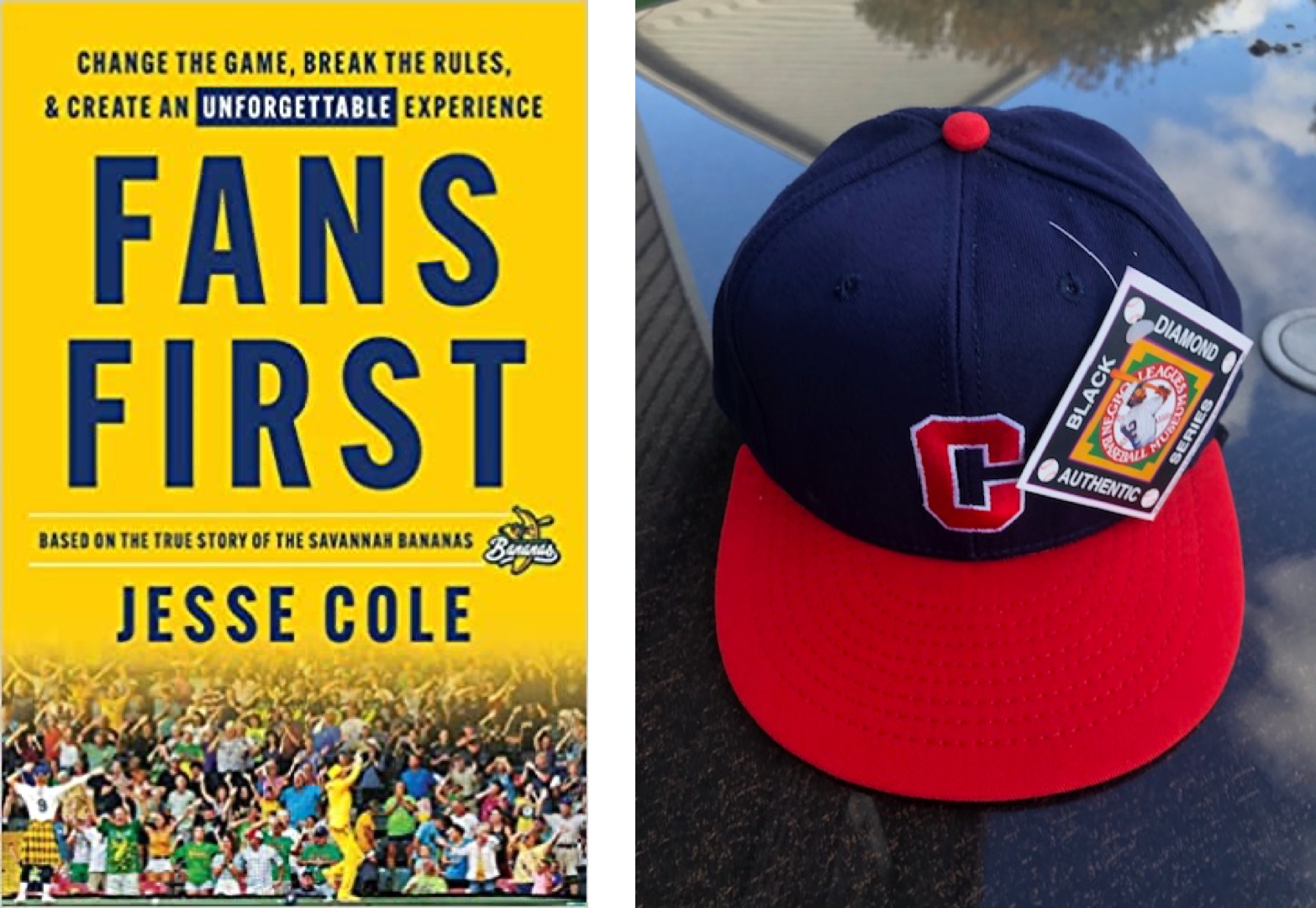by Tom Critchfield (Illinois State University) and Derek Reed (Institutes for Behavioral Resources, Inc.)
In our last post, we summarized our recent contest soliciting suggestions for enhancing behavior analysis conferences, which arguably have evolved too little over the course of their 400+ year history. In general, contest entrants agreed with this take. They proposed a variety of ways to make presentations less dull, long, and passive, and in general to make the conference experience feel more inclusive and interactive. Now it’s time to announce the contest winner.
Crack Team of Judges
To select our winner, we commissioned a panel of expert judges to select our winner. In defining “expert” we decided to consult people for whom the bettering of conferences should matter most — students. Students may not have the long historical perspective of a conference veteran, but they definitely have the most to lose if future conferences stink. And, sorry veterans, the fact is that at some point in the future you won’t be around to consume conferences, but today’s students will. How many conferences? Let’s run some numbers. The typical current graduate student may attend conferences for another 40 years or more. Assume two conferences a year, three days per conference, at 8 hours a day. By this accounting, current students are looking down the barrel of almost 2,000 hours of future conferencing. And for this privilege they will shell out thousands and thousands of thousands of dollars on registration fees, travel costs, and lodging. Suffice it to say that early-career folks have a LOT of skin in this game, so in our view they deserve a special voice when it comes to deciding what future conferences will be like.
Here are our judges, in no particular order. We’re grateful for their assistance!
- Taylor Payne (tay.rose1009@gmail.com) is a student in the Applied Behavior Analysis graduate program at National University. She is working at Northway Academy, a center creating and providing ABA day programs for individuals with ASD in Minnesota.
- Christina Haynes (christinahyn@gmail.com) is a Masters student in Applied Behavior Analysis at University of Saint Joseph in West Hartford, CT.
- Matthew Laske (laskemm@ku.edu) is a fourth year doctoral student in the Department of Applied Behavioral Science at the University of Kansas. His research interests are in the improvement of public speaking performance.
- Megan E. Ryan (mryan8@umbc.edu) is a second-year student in the Applied Behavior Analysis M.A track at the University of Maryland, Baltimore County. She is a Clinical Specialist on the Neurobehavioral Unit at Kennedy Krieger Institute. Megan’s research interests broadly include the functional assessment and treatment of challenging behaviors.
- Abbie Cooper (ac00135@mix.wvu.edu) is a doctoral student in the Behavior Analysis program at West Virginia University working with Dr. Claire St. Peter. Her research interests include resurgence following negative reinforcement and the assessment and treatment of challenging behavior. She is also an appreciator of general silliness.
- Sandra Ruby (sandraruby@ku.edu) is a doctoral student in the Performance Management Laboratory directed by Dr. Florence DiGennaro Reed in the Department of Applied Behavioral Science at the University of Kansas. Her current research interests include performance management and staff training. She is also working as an analyst at an OBM management consultancy ALULA.
- Zané Chase [“Ji-nay”] (zsc2106@tc.columbia.edu) is a student in the Master of Arts in Teaching in Applied Behavior Analysis Program at Teachers College, Columbia University. She is an aspiring BCBA who intends on spending most of her time, outside of general BCBA work, on the dissemination of ABA (especially in black and brown communities) as well as the integration of ABA research in practical settings.
- Madison Graham (madisongraham@ku.edu) is a doctoral student in the Applied Behavioral Science department at the University of Kansas. Her primary interests involve a behavior-analytic approach to community resilience and public policy. She would love to see some pizazz added to our conferences, as she values opportunities for collaboration and research dissemination.
And The Winner Is…

Our contest winner receives two cool prizes: An author-autographed copy of the book Fans First, by Savannah Bananas founder Jesse Cole, and a replica 1949 Indianapolis Clowns baseball cap.
We told the judges to use their best judgement, and gave no instructions about how to weight serious vs. whimsical suggestions, or how to prioritize among the three baseball-inspired strategies (sideshow, fans first, and modified rules). Each judge named their Top 5 choices and our winning entry is the one that got the most support among them collectively.
Congratulations to our winner, Daniel Cymbal, a Postdoctoral Fellow at University of Central Florida, whose entry was selected as first or second by half of our judges. Daniel proposed the following:

I’d like to see [the ABAI conference] more like an all-inclusive resort or cruise. I think the key is to have a smorgasbord of experiences that meets the needs of various demographics. Shorten all the symposia (I’d rather just read a paper than hear it narrated anyway; if you have to just replace it with a little more discussion). Condense all talks to the first half of the morning and turn the rest of the day into experiences. Lunch trips, outdoor activities, tutorials, panels, city excursions, book signings, etc. can populate the afternoon slots. Make sure those events have sponsors or accomplished folks in the field attached (they likely have service requirements anyway) and upcharge the afternoon events so anyone can attend the base events at lower cost, network, and collect CEs (and there’s a nice break in the middle for people to get out and explore even if they don’t want to join an excursion). Later, everyone can reconvene for posters, drinks, and snacks. Obviously the logistics are somewhat impossible, and it is depressingly capitalistic, but I think it’d be a nice middle ground between dreary talks and an all-out circus.
Judges’ Comments on the Winning Entry
We asked judges to comment casually on their first-choice entry. Here’s what they said about Daniel’s idea:
- Zané Chase: This entry is parallel to the Premack Principle, as attendees would be reinforced to engage in less probable behaviors (attending all the long sessions) by getting the opportunity to engage in more probable behaviors (such as the lunch trips and outdoor activities listed in this entry). I love the idea of something more fun and engaging happening at the end of the day as a reward for being a responsible behavior analysts haha ! Also, girls just wanna have fun 🙂 ! Maybe this could play in the background for one of the outdoor activities (just sayin’).
- Christina Haynes: Give me coffee. Give me lunch. Give me an Experience! I want to walk into a conference and feel like, “well then, I am the bubbles. I am the swing. I am the FRIGGIN iPAD! I am the reinforcer! Yes! and all I had to do was walk in (I mean I had to pay too).”
- Taylor Payne: Lectures come and go, but experiences and sights stay with you. With having the opportunity for in person tutorials, discussions, and citings, individuals can leave the conference with an acquired knowledge they found by themselves, not just notes from words spoken to them.
Our Own Thoughts About the Winning Entry
It’s interesting that, by focusing on a half-day schedule, Daniel’s proposal parallels the beloved Winter Conference on Animal Behavior. We’re unsure if the meeting still exists (the last announcement we could find was for 2020), but many attendees have called it an all-time favorite experience. The meeting was held in January at a ski resort, with presentations consuming half a day and the rest of the time allocated to recreation and informal networking. What people especially raved about was the intimate setting (maybe 100 attendees) and the amount and quality of unstructured interaction with smart people. And there was general agreement that you simply can’t absorb talks in earnest for 8+ hours a day. Thorndike may have overstated a point when he claimed that, “Telling isn’t teaching” (really capable listeners can in fact learn from listening), but this doesn’t obviate the fact that listening is hard work, and behavior tends to be shaped more dynamically through interactive verbal experiences. If behavioral systems of instruction have taught us anything, it would be that.
As for the specific bells and whistles in Daniel’s proposal, we can’t say for sure whether their appeal is specific to student judges or more general. Given how often we’ve heard colleagues critique the city chosen for a particular conference, however, we suspect that there’s a general message here: If people are going to invest a bunch of time and money in a conference trip, they tend to want more than to spend countless hours in sterile lecture halls. What else there is to do matters to them, and they want time to do it.
It’s also worth considering that the professional zeitgeist is changing. Amongst Baby Boomers and the generations that preceded them, it used to be considered a badge of courage to work a ridiculous amount. Indeed, both of the present authors, in our youth, fell into a sort of running competition with peers to see who could work the hardest. But younger generations have a greater respect for work-life balance than their forebears, so perhaps it’s logical that conferences should adapt to the GenXers and Millennials who are becoming their primary customers. Regardless of generational concerns, however, it seems obvious to us that the five-day, all-day-and-all-night drill of the ABAI annual meetings is listener overkill and probably, toward maximizing the attendee experience, ought to be re-thought.
How Will You Remake the Professional Conference?
We hope this contest has been entertaining, but more so that it has provided food for thought that members of behavior analysis organizations can use to re-think the goals and routines for their conferences. If you’re involved in conference planning and your organization is trying to break loose of ages-old traditions that may no longer be optimal, we’d love to hear from you. What problems have you observed in traditional conferences? What innovations are you implementing to try to address those? If we hear from enough people, in a future post we’ll share some of your thoughts and plans so others can profit from them. Contact Derek (dreed@ibrinc.org) or Tom (tscritc@ilstu.edu).
